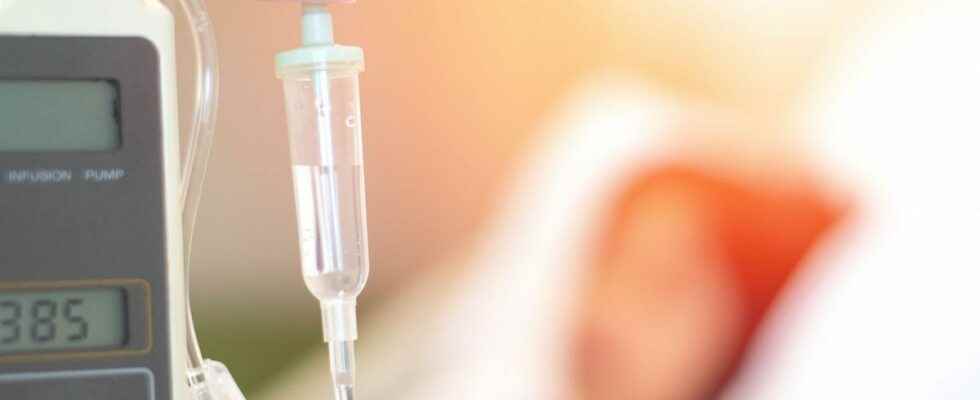Published on
Updated
Reading 2 mins.
Taking part in a clinical trial, Alyssa, a 13-year-old English teenager with acute T-cell lymphoblastic leukemia that was unresponsive to conventional treatments, went into remission within 28 days. A strong sign for families affected by this blood cancer.
As Christmas approaches, here is a beautiful story told by the site BBC and theAFP in France that could give hope to families affected by leukaemia, the most common type of cancer in children. Alyssa, a 13-year-old British girl diagnosed in 2021 with acute T-cell lymphoblastic leukemia, participated in a clinical trial at Great Ormond Street Hospital for Children in London. While she was unresponsive to the usual treatments, which are chemotherapy and bone marrow transplant, within 28 days she was in remission. A state that allowed him to receive a second bone marrow transplant to restore his immune system.
Genetic modifications at the base of the innovative treatment
The treatment being tested in this clinical trial uses genetically modified immune cells from a healthy volunteer, involving the chemical conversion of DNA code letters. The Great Ormond Street team used a technology called “base edition” invented only 6 years ago. The four basic types – adenine (A), cytosine (C), guanine (G) and thymine (T) – are the building blocks of our genetic code. According to the study, base editing allows scientists to zoom in on a specific part of the genetic code, then modify the molecular structure of a single base, converting it to another, and somehow modifying its instructions. genetics. So, using modified healthy T cells from a donor, doctors and scientists engineered a new type of T cell capable of tracking down and killing Alyssa’s cancerous T cells.
A future treatment for sick children?
Alyssa is the first to receive this treatment which includes a dozen patients.
“This is a great demonstration of how, with expert teams and infrastructure, we can combine state-of-the-art technologies in the laboratory with concrete results in the hospital for patients. This paves the way for other new treatments and ultimately a better future for sick children.”said Waseem Qasim, consultant immunologist and professor at GOSH.
According to him, most children with leukemia respond to mainstream treatments, but it is thought that a dozen young patients a year could benefit from this therapy.
It is not Alyssa, nor her family, who will say the opposite. Several months after the treatment, the young girl is doing well, although of course she remains under surveillance. Before the clinical trial, only palliative treatment was possible for him. Today, Alyssa is going out, playing… The young girl was even able to be a bridesmaid for her aunt, and is waiting for Christmas like all teenagers.
